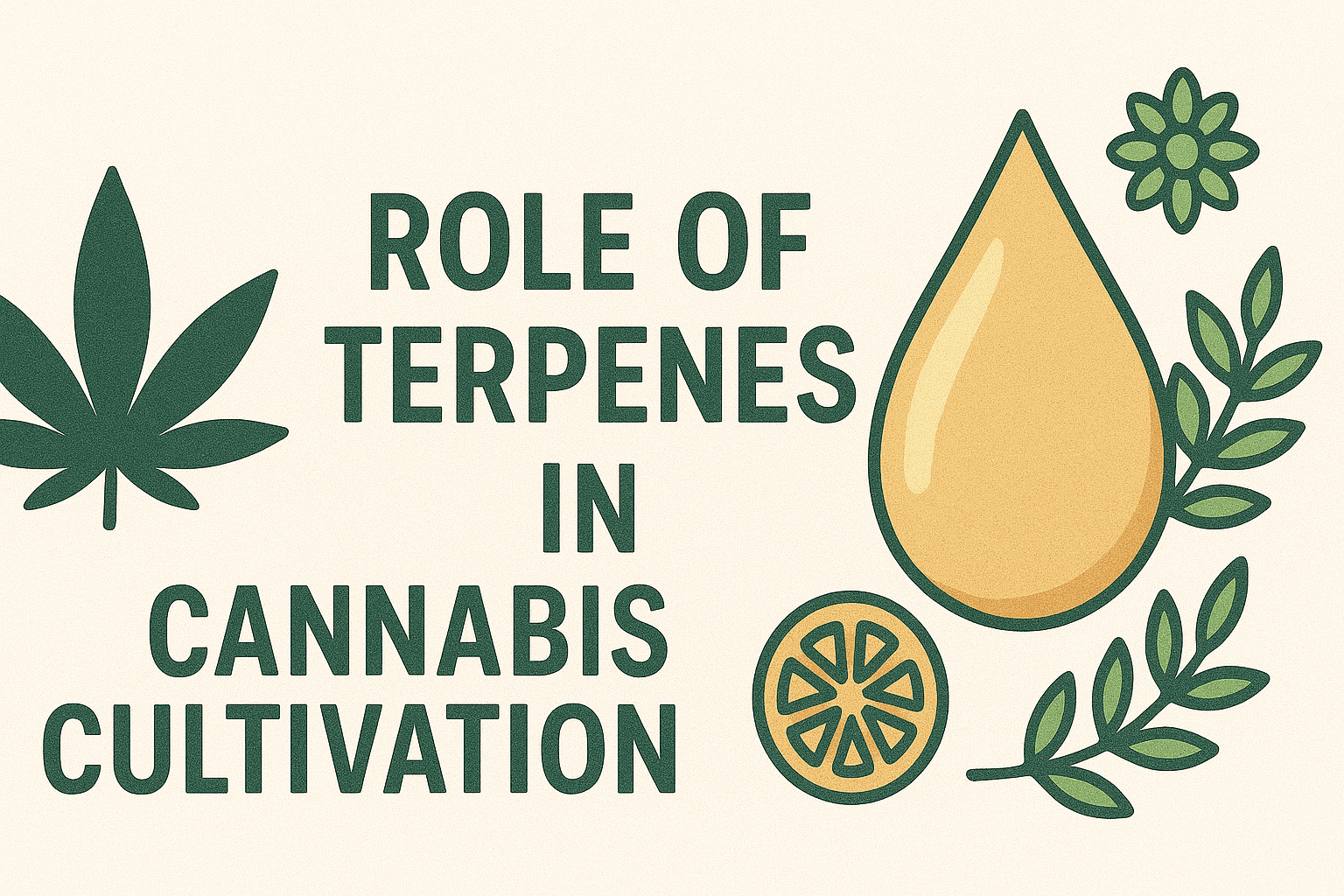In the world of cannabis cultivation, cannabinoids like THC and CBD often steal the spotlight. But behind the scenes, terpenes play an equally vital role. These aromatic compounds not only influence the flavor and scent of cannabis but also affect plant health, pest resistance, and even the synergistic effects known as the «entourage effect.» Understanding terpenes is essential for cultivators aiming to grow high-quality, marketable cannabis.
What Are Terpenes?
Terpenes are volatile organic compounds found in the trichomes of cannabis plants. They’re responsible for the plant’s distinct aromas—from citrus and pine to earth and spice. Beyond their sensory appeal, terpenes have therapeutic potential and interact with cannabinoids to influence a user’s experience.
Why Terpenes Matter in Cultivation
- Strain Identity: Terpene profiles help define a strain’s unique characteristics.
- Consumer Appeal: Aroma and flavor significantly impact purchasing decisions.
- Therapeutic Effects: Some terpenes offer anti-inflammatory, anti-anxiety, or energizing effects.
- Plant Defense: Terpenes act as natural repellents against pests, fungi, and bacteria.
Common Terpenes and Their Functions
- Myrcene: Earthy and musky; associated with sedative effects and increased cell permeability.
- Limonene: Citrusy; believed to boost mood and relieve stress.
- Pinene: Pine scent; may aid alertness and memory retention.
- Linalool: Floral and calming; often used for stress and anxiety relief.
- Caryophyllene: Spicy and woody; interacts directly with CB2 receptors for anti-inflammatory effects.
Optimizing Terpene Production During Growth
Maximizing terpene content starts in the grow room:
- Genetic Selection: Choose terpene-rich strains and phenotypes.
- Light Spectrum: UVB light exposure can enhance terpene synthesis.
- Soil & Nutrients: Organic soil rich in beneficial microbes promotes terpene development.
- Stress Techniques: Low-stress training (LST) and slight drought stress can increase terpene output.
- Temperature & Humidity: Keep flowering temps between 20–26°C to prevent terpene evaporation.
Preserving Terpenes After Harvest
- Proper Drying: Slow dry at 18–20°C with 50–60% humidity to preserve volatile compounds.
- Curing: Store buds in airtight containers, burping daily for the first 1–2 weeks to allow gases to escape and maintain freshness.
- Avoid Overhandling: Trichomes are fragile; gentle trimming and minimal contact help retain terpene content.
Terpene factor
Terpenes are far more than just aromatic bonuses—they’re central to the cannabis plant’s identity, therapeutic value, and resilience. For cultivators, understanding how to optimize and preserve these compounds is key to growing premium cannabis that stands out in a competitive market.


